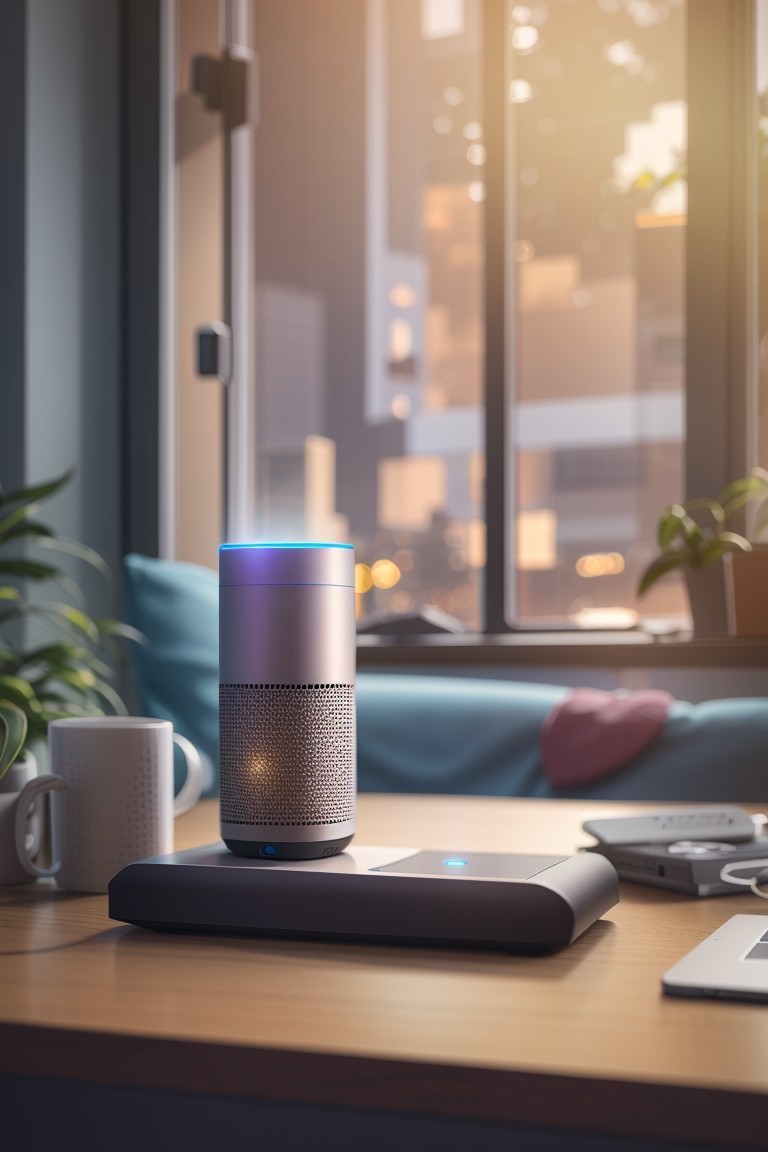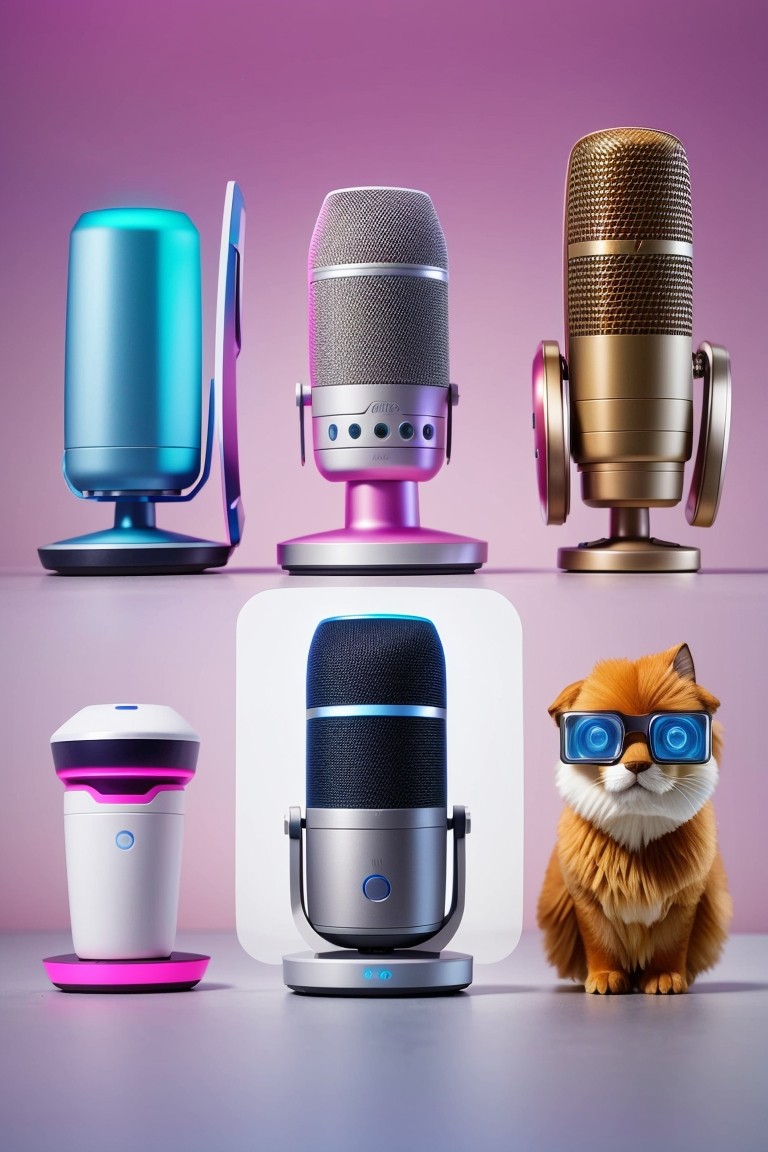The Evolution Of Voice Assistants
A Brief History of Voice Assistant
Voice assistants have a relatively short but captivating history, profoundly changing human-computer interactions. It all began in the 1950s with an experimental system named “Audrey” developed by Bell Labs, capable of recognizing spoken digits. Significant progress came in the 1990s with the launch of the “IBM Tangora,” a commercial speech recognition system with limited capabilities. However, the real breakthrough arrived in 2011 when Apple introduced Siri, a virtual assistant for iPhones, making voice interaction mainstream.


The Rise of Neural Networks and Natural Language Processing.
The surge of neural networks and natural language processing (NLP) has profoundly reshaped the landscape of artificial intelligence. Neural networks, drawing inspiration from human brain architecture, have played a pivotal role in advancing AI capabilities. Their true potential emerged when deep learning gained traction in the mid-2000s, empowering neural networks to excel in tasks like image and speech recognition. With increasing computational power and data availability, these networks achieved remarkable accuracy and scalability.
Voice Assistants in Everyday Life
Voice assistants have seamlessly integrated themselves into our everyday lives, offering unmatched convenience across various devices and settings. From smartphones and smart speakers to vehicles and household gadgets, these AI-driven virtual aides have become ubiquitous companions. With a mere voice command, users can effortlessly access a plethora of services such as setting reminders, sending messages, playing music, controlling smart home devices, and seeking information. Language barriers are no longer an obstacle, as these assistants cater to diverse users. Moreover,


Future Trends and Possibilities for Voice Assistants
The future trends and possibilities for voice assistants are teeming with excitement, as continuous research and technological strides unlock novel horizons. A paramount focus will be on personalization and contextual awareness, tailoring user experiences to individual preferences and emotions, thereby forging a deeper bond between users and their assistants. Biometric authentication may bolster security,
